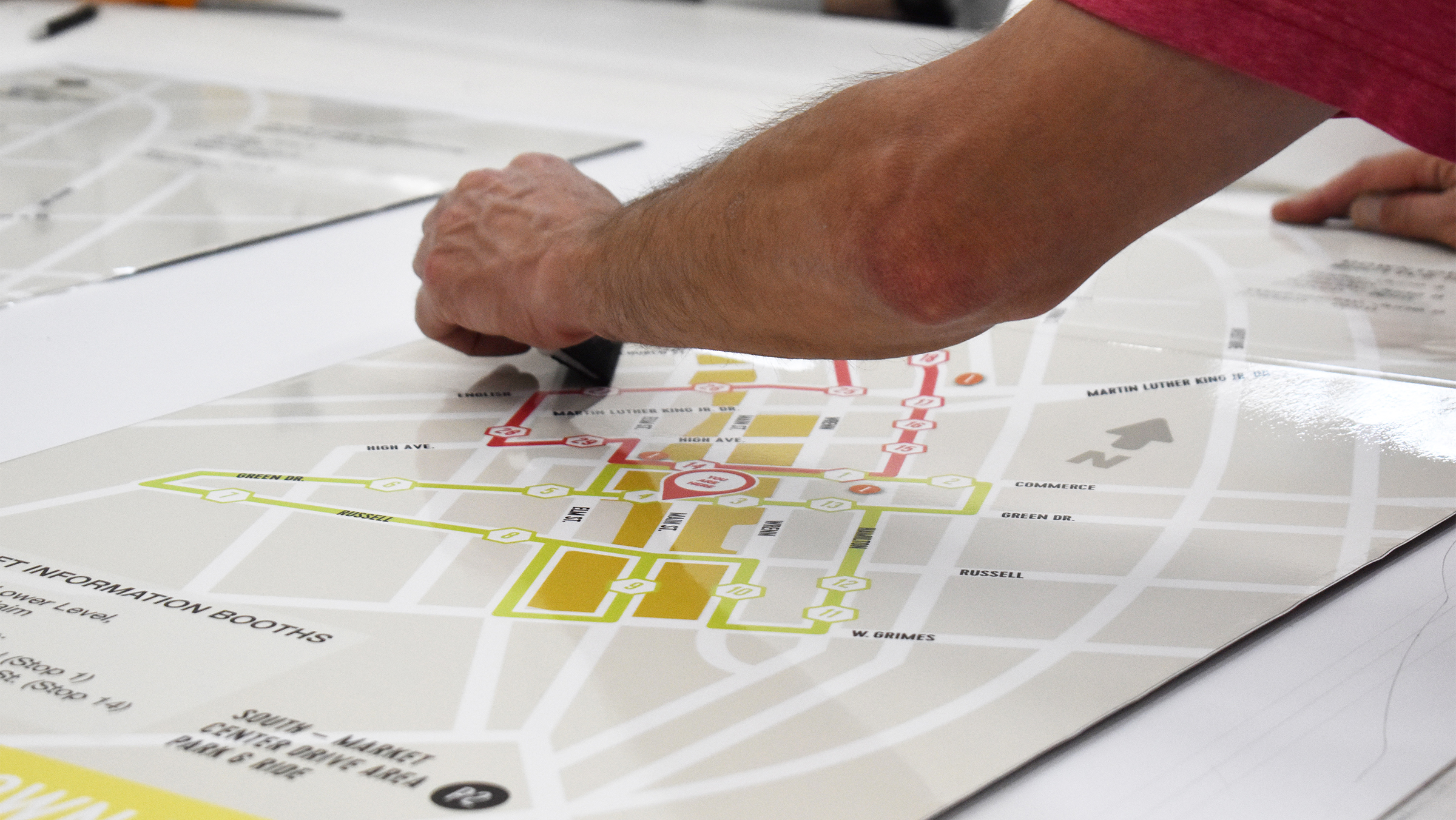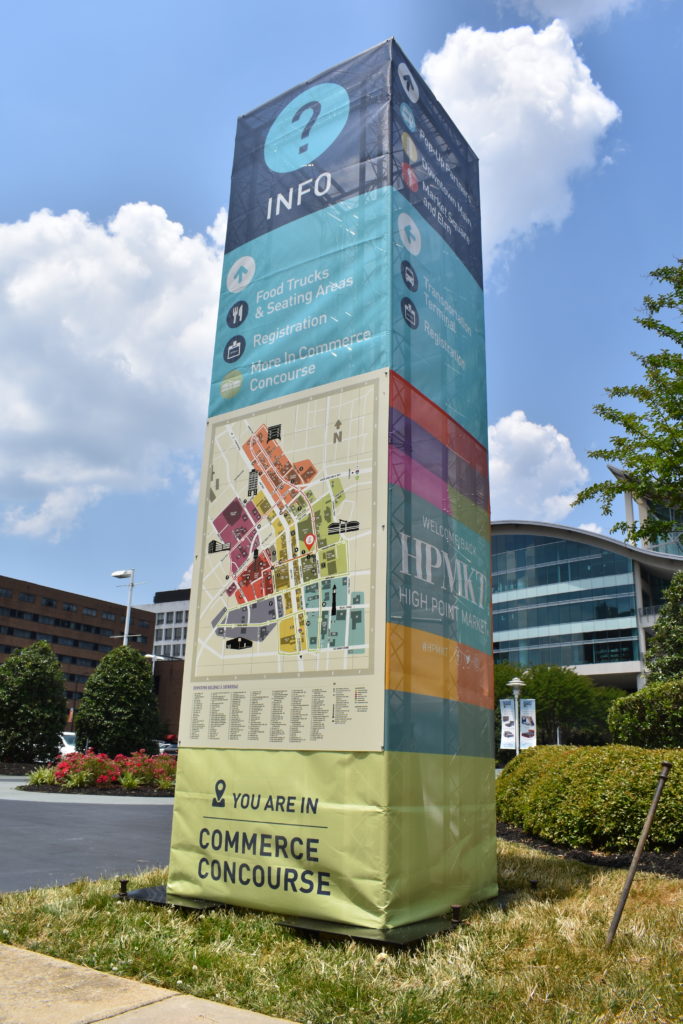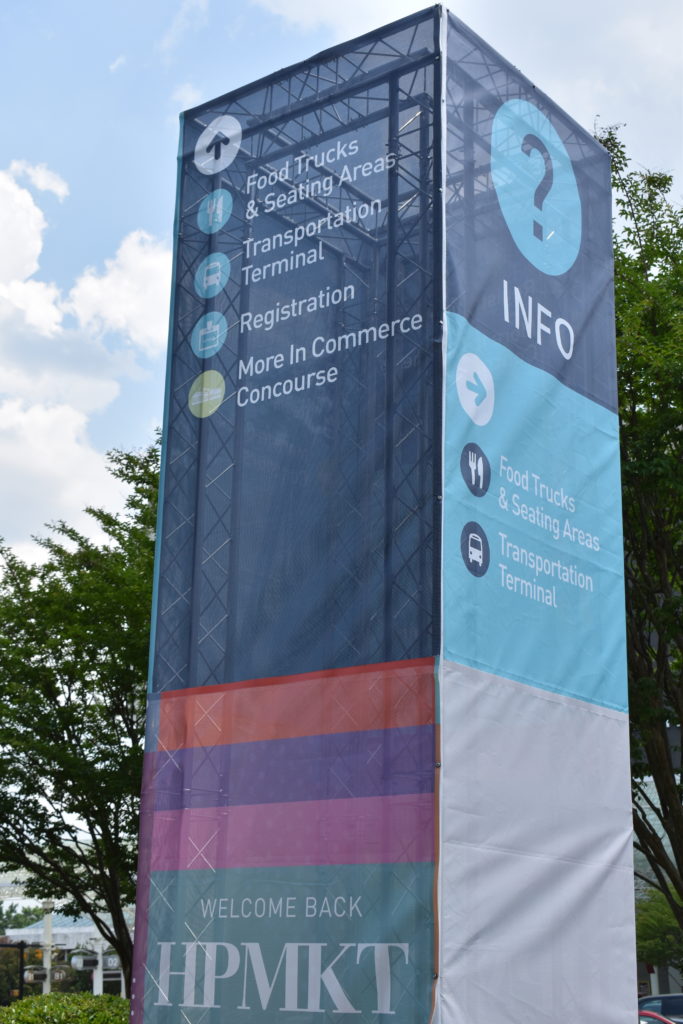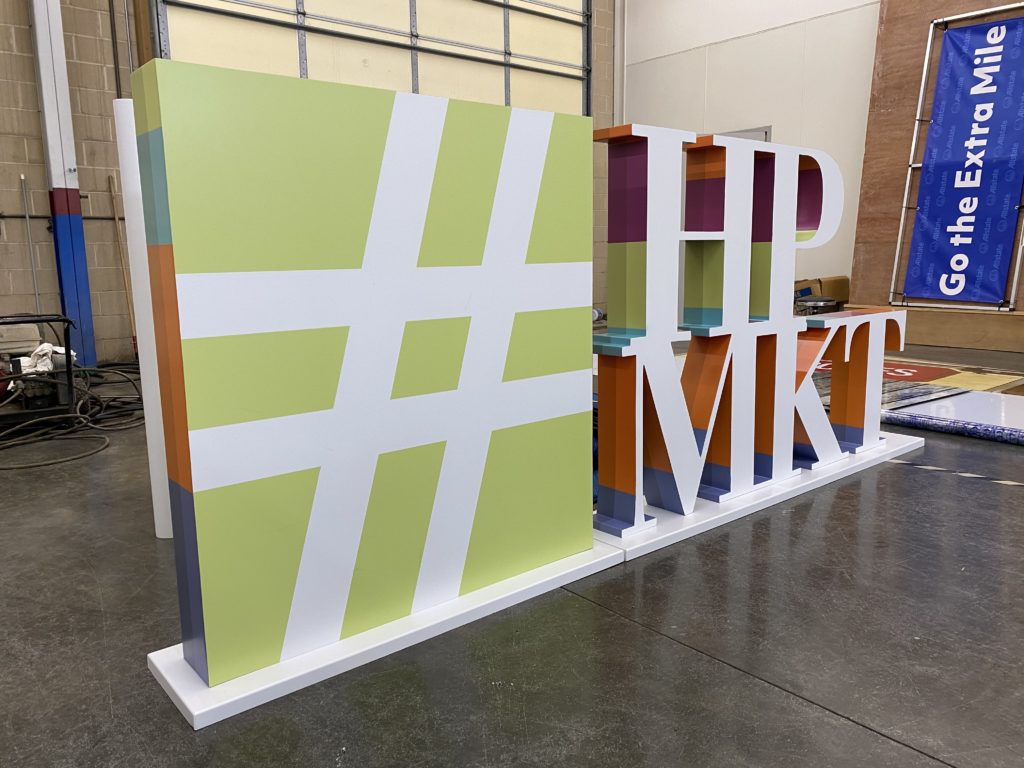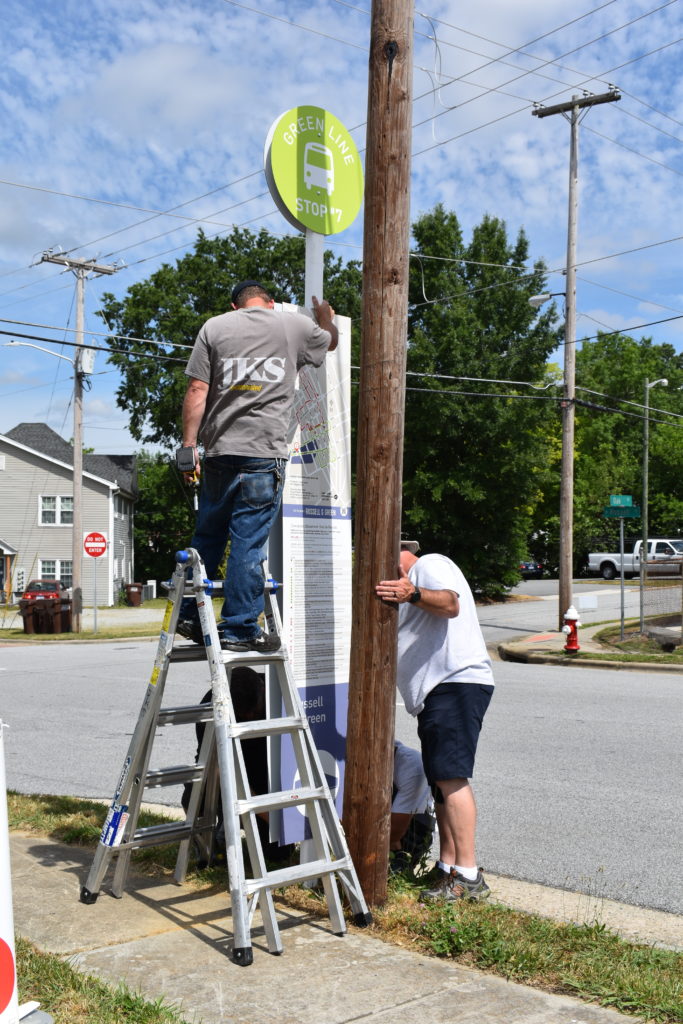Where am I? How did I get here? Am I getting closer to where I need to be?
All of these questions can be answered by wayfinding.
As the name suggests, wayfinding refers to information systems that help people navigate or orient themselves within a physical environment. These systems, which are composed of visual cues like maps, directional symbols, and landmarks, not only minimize the amount of time and attention needed for individuals to find their way, but they enhance visitors’ experiences by reducing the confusion and stress that comes from feeling lost.
Wayfinding is an important foundational element for any brand experience. If you’ve ever gotten lost in a new building or been late to a presentation after struggling to find your way around at a crowded conference, then you know firsthand that wayfinding design (or the lack thereof) can make or break someone’s experience with a brand.
So how do you ensure that your wayfinding systems are effective and easy to follow?
Start with the basics!
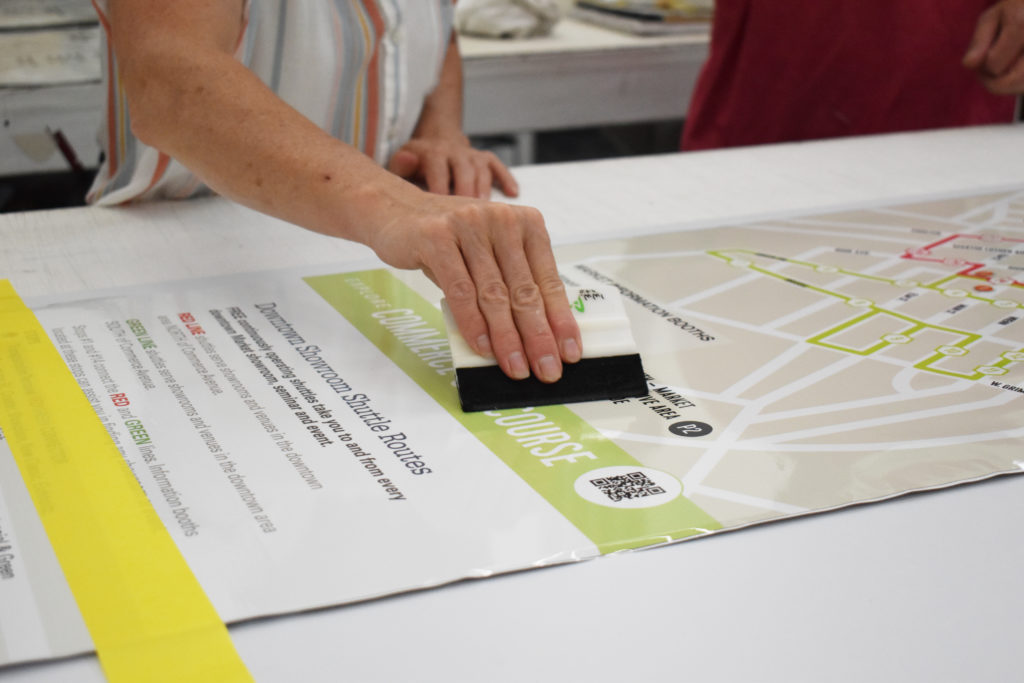
The ABCs of Wayfinding
While coming up with a strategic wayfinding system is no easy task, I’ve narrowed down some of my favorite wayfinding principles to help get you started.
A. Create unique identities for all of your locations. When planning your wayfinding system, it’s important to give every one of your locations a unique perceptual identity that sets it apart from all others. This allows your visitors to recover and re-orientate themselves based on visual information. You don’t need neon lights or flashy signs to accomplish this (unless, of course, that speaks well to your brand). Instead, consider subdividing your spaces with different color schemes, textures, or lighting styles.
B. Incorporate landmarks as orientation cues. If a visitor can see a landmark, then they know something about where they are. The landmarks that you incorporate into your wayfinding system should be very visible. If you are planning an event in a space that doesn’t have “pre-existing” landmarks like buildings, roads, or natural features, monoliths and signage totems can serve as ideal points of reference. Be careful not to include too many landmarks though, as doing so would discredit their usefulness as memorable and distinctive locations.
C. Provide your visitors with signs at decision points. Placing signs at decision points (places where the navigator might change their route or pick a direction) provides the navigator with detailed information about what lies ahead on their path. The information provided on these signs should be unambiguous and relevant to the choices immediately in front of the navigator. Used effectively, signs placed at decision points will keep a navigator from making a wrong turn, help them establish their own place, and get them one step closer to their final destination.
What Does Wayfinding Look Like in the Wild?
This year, we were excited to have the opportunity to work alongside the High Point Market Authority and 505Design to produce some of the materials needed for the High Point Market’s new wayfinding system.
Aimed at creating a districtwide brand identity for the biannual market, this new system uses color-coded signage and directional totems to help attendees navigate the 13-block market district.
Stann Harris, one of the senior managers of our Creative Services team, said that the directional totems we produced for the High Point Market not only served as great landmarks and information hubs, but also enhanced the vibrancy of the market district and elevated customer experience.
“The High Point Market Authority provided us with a unique opportunity to use highly visible totems to display important directional messaging with mesh banner wraps and static map signage,” said Stann. “The totems also featured ‘HPMKT’ branding and information alongside decorative backgrounds.”
In addition to the totems, we were responsible for producing and installing bus route signage and a fun “#HPMKT” sign that encouraged attendees to snap a photo and interact with the brand online.
It’s always rewarding when we get to help our clients provide a better brand experience and the High Point Market’s new wayfinding system is no different.
Could Your Wayfinding System Be More Strategic?
Whether it’s navigational totems, directories, maps, or signage that’ll help your clients “read the room,” let us know how we can help you improve your wayfinding system!
